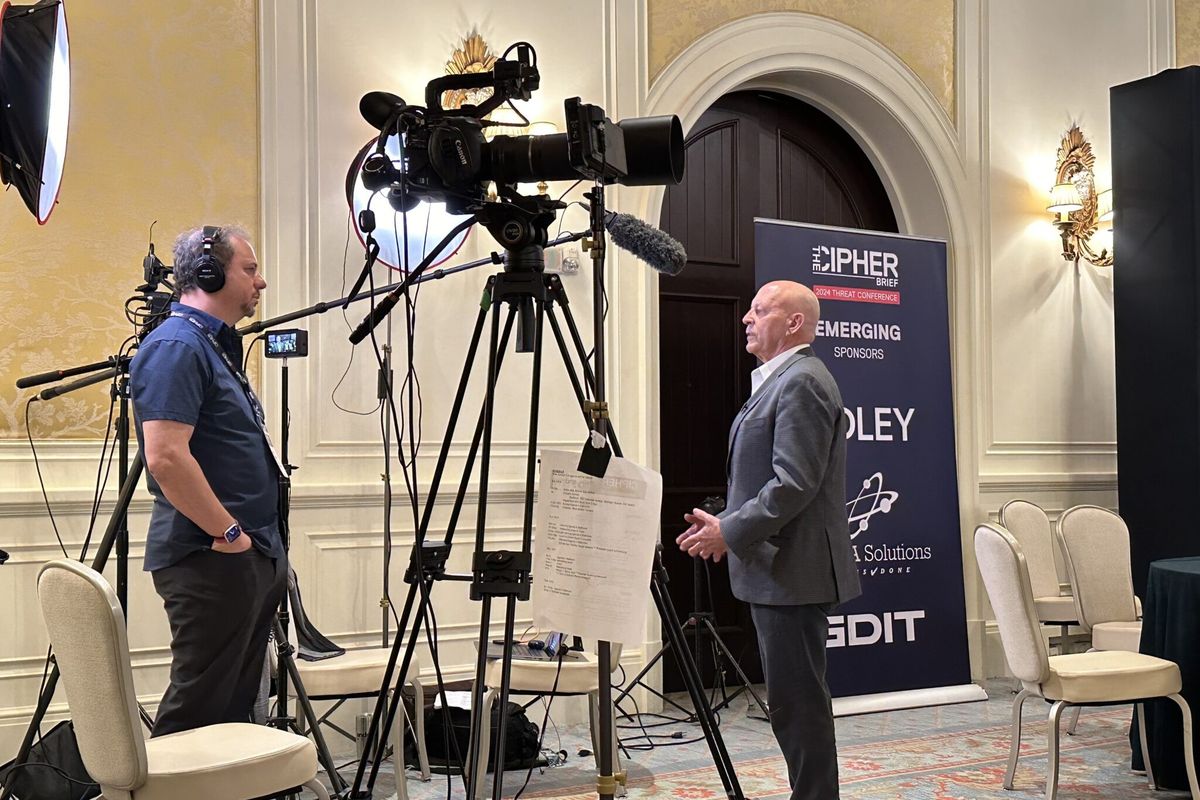Q&A with NGA Director Robert Cardillo on “Succeeding in the Open”
The Cipher Brief sat down recently with NGA Director Robert Cardillo to ask about the specific challenges his Agency is facing given today’s complex threat environment and how partnerships will be a critical and evolving part of NGA’s future. We started by asking about NGA’s role in the intelligence world.
Robert Cardillo: It’s more critical today because of two things: one, I actually think the threat is increasing, and I think the upside in technology is increasing, so there is greater potential. I strongly feel that, and let me just speak from the NGA’s perspective: for too long we’ve have had the philosophy that ‘We’ll rent some expertise from the outside, but we know best.’ I think we’re slowly getting over that. We need to get more comfortable with that partnership. Ultimately, we are still responsible for whatever our product or service is. I’ve told my workforce, which had a pretty internal, insular look, that we’re ignoring the capabilities of industry and of academia at our own peril.
The Cipher Brief: What role should private industry be playing when it comes to working with NGA?
RC: This is the message that I want to get to industry: this isn’t a one-way street. We can’t just get up on the stage and say,’ Hey, we’re open and here are the avenues and bring us your white papers.’ We need industry to step up.
TCB: What do you hope that the agency is able to accomplish, whether through change of mission or change in organization, over the next 3-5 years?
RC: My bumper sticker is: we need to succeed in the open. That doesn’t just mean do more at the unclassified level. But there is so much more potential in the open today, whether you call it unclassified, or unprotected data, or publicly available information. Two things we need to focus on: One, we don’t have the architecture that we need. We need help on the IC ITE (Information Technology Enterprise). I see NGA as a key enabler, kind of the core plumbing for that. But two, we need to work on the mindset. We’ve raised these young men and women with the cloistered view that if it’s not classified, it’s not valuable. So in 3-5 years, I want a workforce that is very comfortable working in the open, and again, that doesn’t mean that’s an unclassified product. But for example, we were asked about monitoring the new agreement with Iran, and as a matter of fact, somebody in the news talked about crowdsourcing and treaty verification. There are more sensors in the world—we all have them in our pockets—and people use them, and they get posted and tweeted. For one, we have to be open to it, because you can’t leverage it if you aren’t open to it. And second, being open to it doesn’t just mean I saw it on Instagram, it must be true, because just as somebody who is trying to expose an illicit activity, an adversary can use it the same way. We need to know when we are being duped, deceived. So we’re trying to create some conditions and some pilots now. One of them is our GEOINT (geospatial intelligence) Pathfinder initiative, which is where we’re telling our analysts that it’s safe to play in the open.
It’s one of the reasons why I like the Arctic as an example, because at least today, it’s a communal problem, or challenge, or opportunity, or however you want to say it, whether it’s shortened maritime shipment so that people can save money on transportation costs. On the other hand, there’s a whole heck of a lot of natural resources up there, and as the ice melts for whatever reason, those become more accessible, and resources that are finite become competitive. If you want to be competitive, think South China Sea close to the Arctic. I have two responsibilities there, and so I should be providing classified intelligence on say somebody’s nefarious activities. I also should be ready to prepare for public diplomacy, for a State Department engagement, for a UN engagement, so that we can create a conversation about what should or shouldn’t be happening there. That’s an example about succeeding in the open. And to me the big lift in the post-Cardillo era, I hope people will look back and say, “Wow, the agency did move. The agency is more open, more engaged, more connected to industry, academia, and international partners.”












